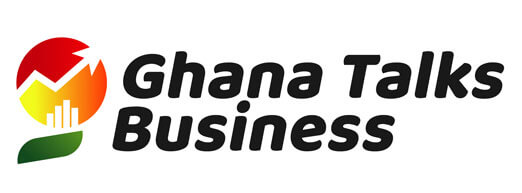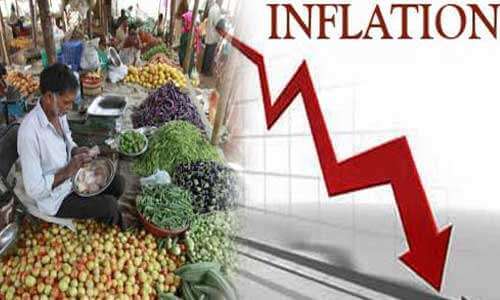According to Ghana Statistical Service, the year-on-year inflation rate slowed for the fourth consecutive month to 9.8% in November, compared with 10.1% in October indicating a 0.3% decrease in consumer inflation.
A first since the novel COVID-19 pandemic rocked the nation. The figure falls within the medium-term inflation target of 8.0±2%.
Out of the 13 divisions, 2 had higher than average inflation rates; housing, water, electricity, and gas recorded 21% up from the 20.2% recorded last month. Food and non-alcoholic beverages recorded 11.7% down from 12.6% last month.
According to a statement by Government Statistician, Professor Samuel Kobina Annim, Food was the major driver of year-on-year inflation.
“Food contributed 53.0% to the total inflation and thus is still the predominant driver of year-on-year inflation. Within the food Division, fruits and nuts (21.7%) was the Subclass with the highest rates of inflation followed by vegetables (19.5%). Even though Vegetable inflation is still higher than average food inflation and overall inflation, it was 5.4 percentage points lower this month compared to last month (24.9%). Overall month-on-month Food inflation was 0.3%, with negative (- 1.6%) inflation for the Fruits and Nuts Subclass,” he said.
Regional level
Regionally, Professor Samuel Kobina Annim said there were stark variations across regions with the overall year-on-year inflation ranging from 3.4% in the Upper West and Volta Regions to 15.2% in Greater Accra.
While the difference between Food (13.7%) and Non-Food (16.2%) inflation in the Greater Accra Region was just 2.5%, the difference between Food and Non-Food inflation in Ashanti Region was 9.4%. Upper West Region was the only region where Non-Food inflation was higher than food inflation.
Imported goods
Inflation of imported goods was 5.6% while that of local goods was 11.5% on average. Imported food items had a month-on-month inflation rate of 0.8%, while non-food imported items had an inflation rate of 0.3%.
Month-on-month inflation for both imported goods and local goods was 0.4%.
What it means to your pocket?
Inflation is typically measured by taking into consideration the price of essential goods and services as opposed to all goods and services. That is, inflation is geared towards consumables in the consumer price index like food prices as well as the price of clothing, housing, energy, education, healthcare among others. Should the price of all goods and services in the consumer price index increase by say 6%, the rate of inflation is pegged at 6% and the purchasing power decreases by 6%.
So in this case, for instance, the 9.8% drop in inflation means that prices of goods and services recorded a drop to 9.8% in November this year compared to October where it recorded a 10.1 percentage point.
Given the COVID-19 era most especially, the drop in inflation is particularly good since it ensures the cost of essential goods and services remain stable, encourages borrowing and spending, holding all other factors constant.
A drop in inflation rate at the end of November implies a drop in the rate of increase in general price level. Individuals are better off with regards to overall spending expenses. The rate of increase in prices of food and other commodities is lower, as compared to prices increases in October. Going into the festive season, households and individuals could purchase more items with the same amount of disposable incomes.
This is welcome news particularly for businesses, hoping to reap revenues from the festive season. Especially with the difficulties that the Covid-19 pandemic has reeked on them for the most of 2020.





